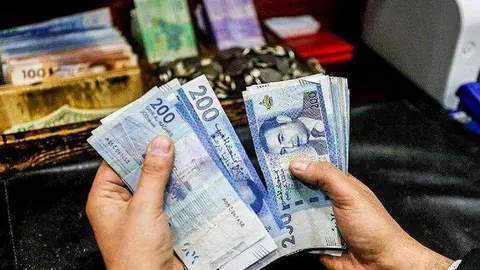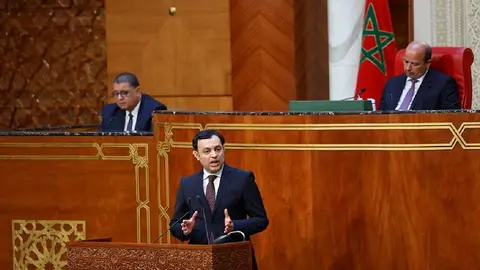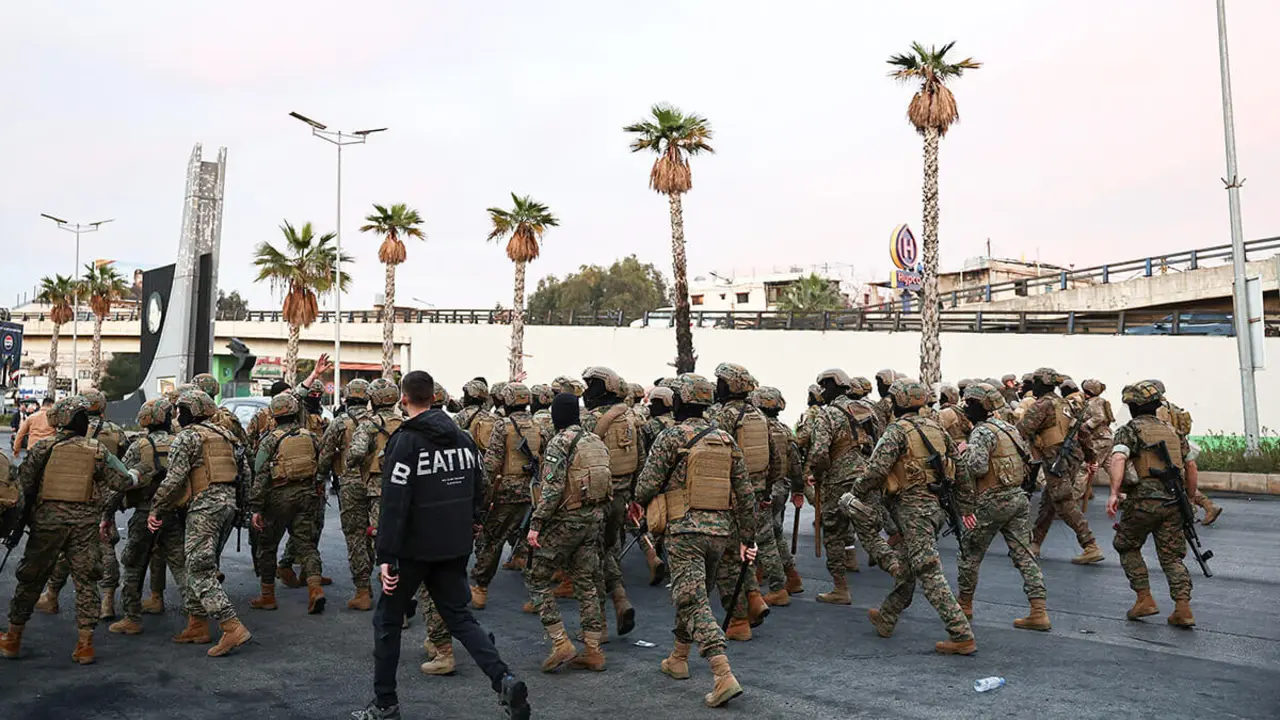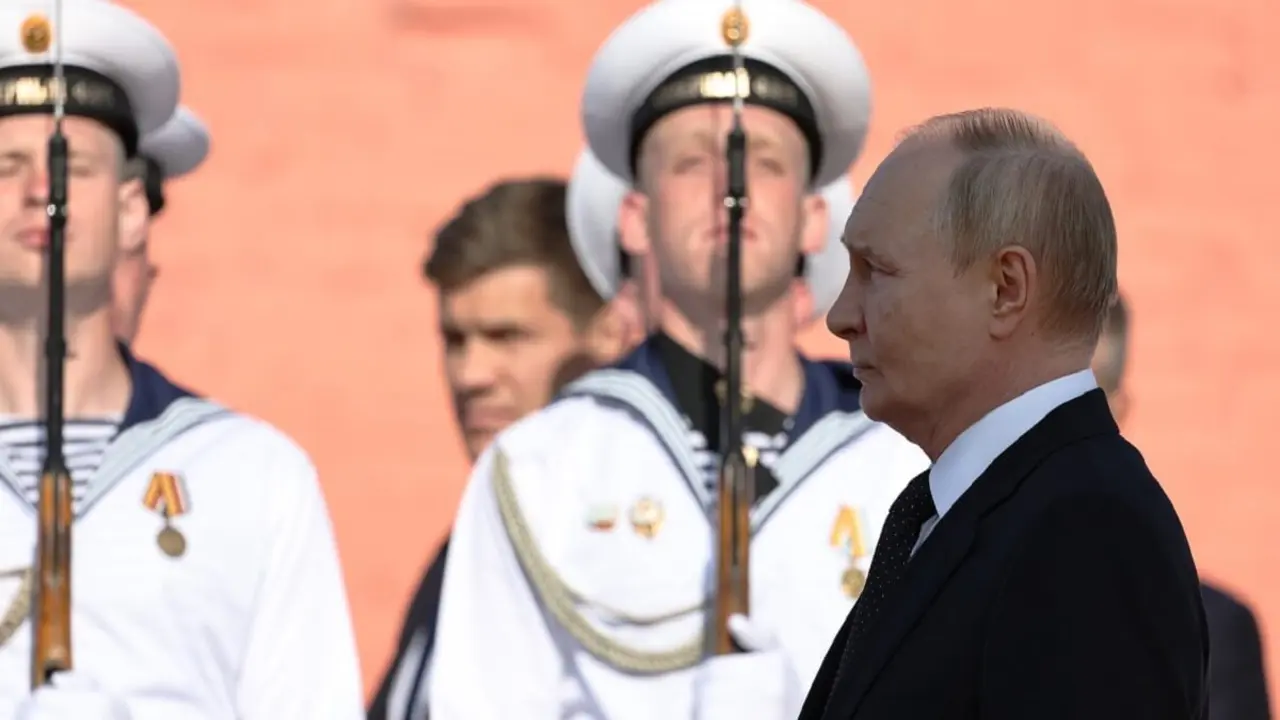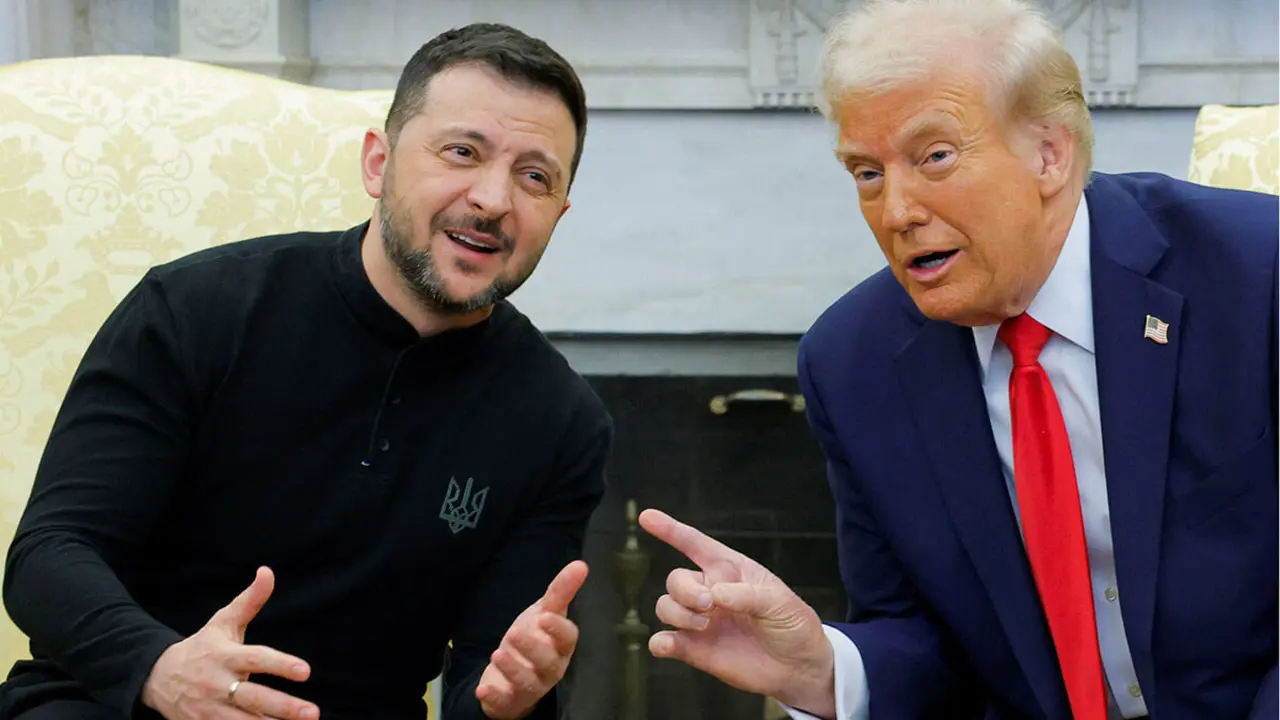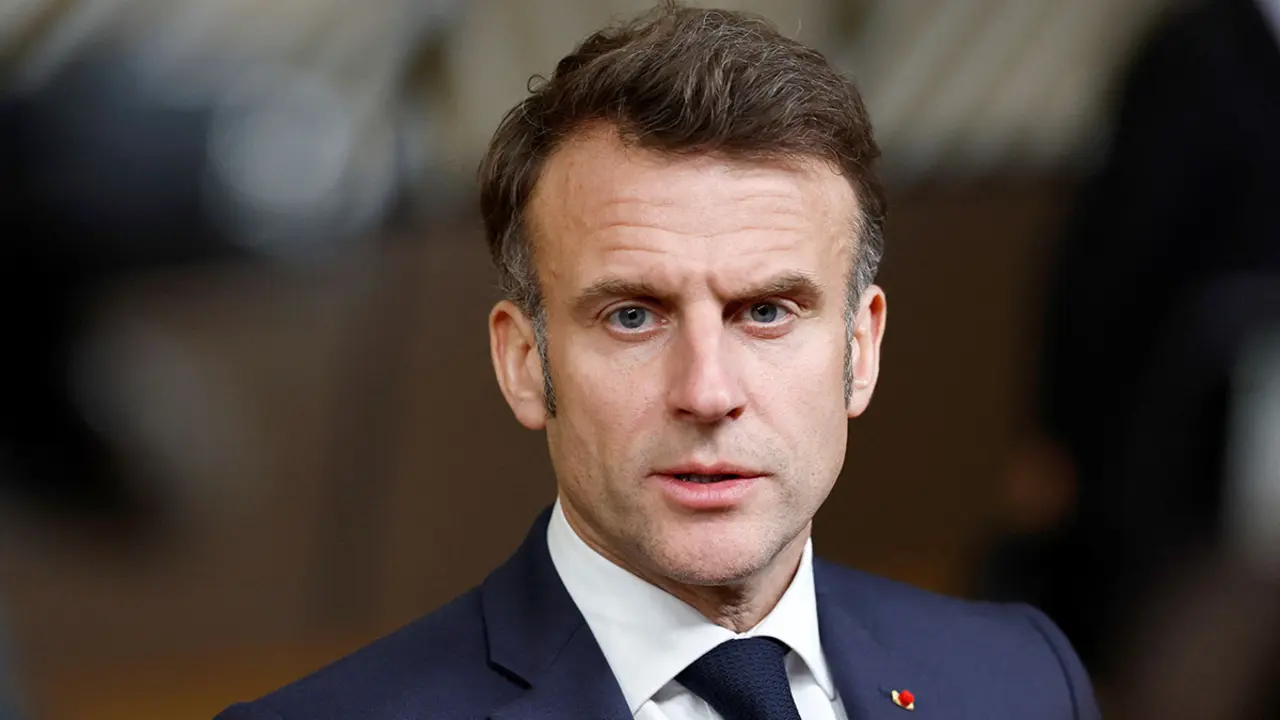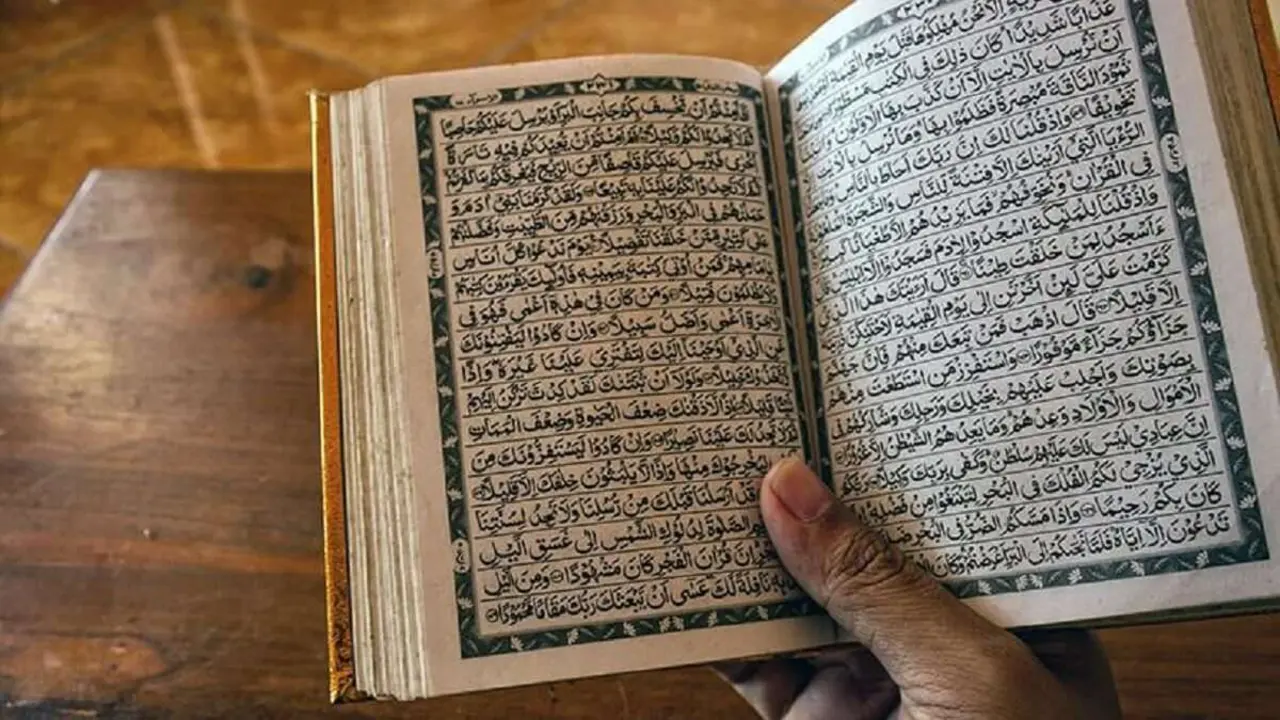Morocco raises public wages by 50% for 1.1 million workers
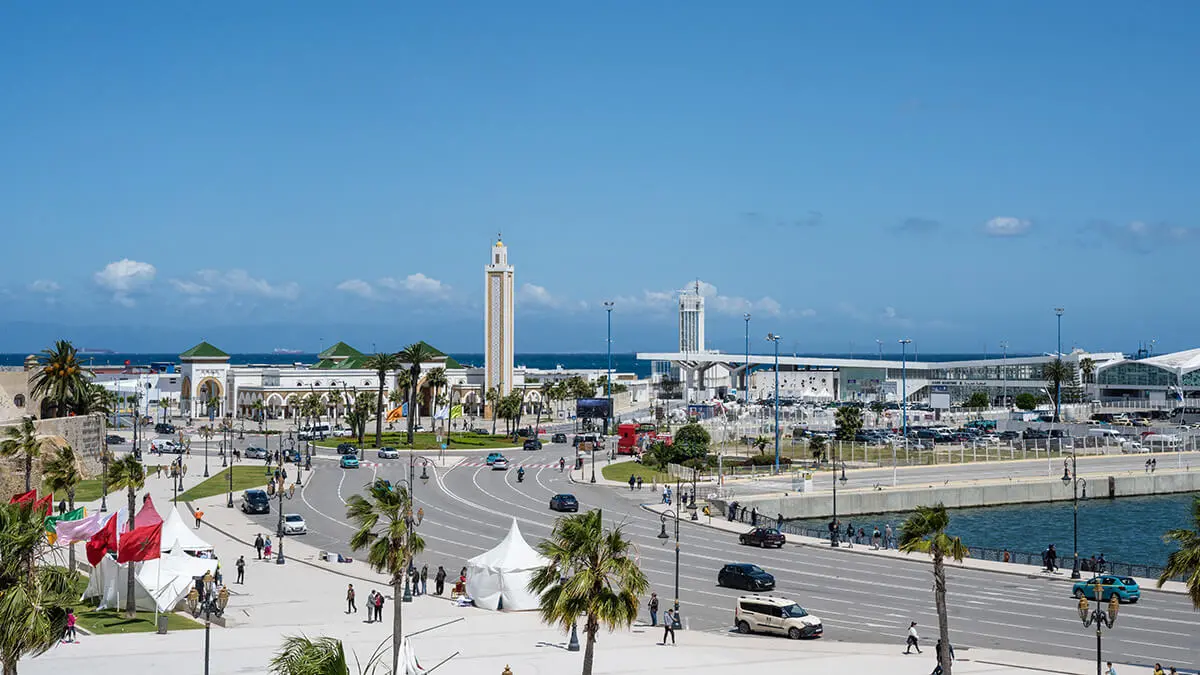
The Moroccan government, seeking to improve the lives of its citizens, has reached an agreement to increase the minimum wage of at least 1.1 million public sector workers.
The pact will include, in addition to a 50% wage increase, the elimination of Scale 7 for administrative assistants, revisions to income tax, measures to improve the quality of educational staff and an increase in the quota for access to training. The aim is to create a strong Moroccan middle class.
Strengthening the economy of the society is undoubtedly an important measure to ensure progress and welfare. Growth and financial stability policies are central to the current government. The minimum wage, currently at 3,000 dirhams, will be increased to 4,500 dirhams, which will cost an additional 45 billion dirhams by 2026. Increasing productivity, competitiveness, job creation and improving the fiscal situation of Moroccan society are the pillars on which the government is basing its economic policies.

Free trade agreements, such as the one scheduled for renewal with the United States, are a reflection of the administration's strategy to expand its markets and export the 'Morocco Brand' internationally. In turn, foreign investment in Morocco has increased by 20 per cent year-on-year, exceeding 16.1 billion dirhams in May 2024, demonstrating the confidence that foreign investors have in the country and its economy.
The government initiative is not only based on wage growth, but also aims to strengthen two specific strata of society: the elderly and young people seeking economic independence. The plan therefore includes extending health coverage to more than 10 million people, providing monthly support to 3.6 million families, and implementing reforms to the retirement and unemployment compensation system.
Mustapha Baitas, the deputy minister for relations with parliament and government spokesman, said that the correlation of all these measures has a single goal: to have a "social state". This "social state", in Baitas' words, must be a model that is integrated into society by supporting the most vulnerable populations.
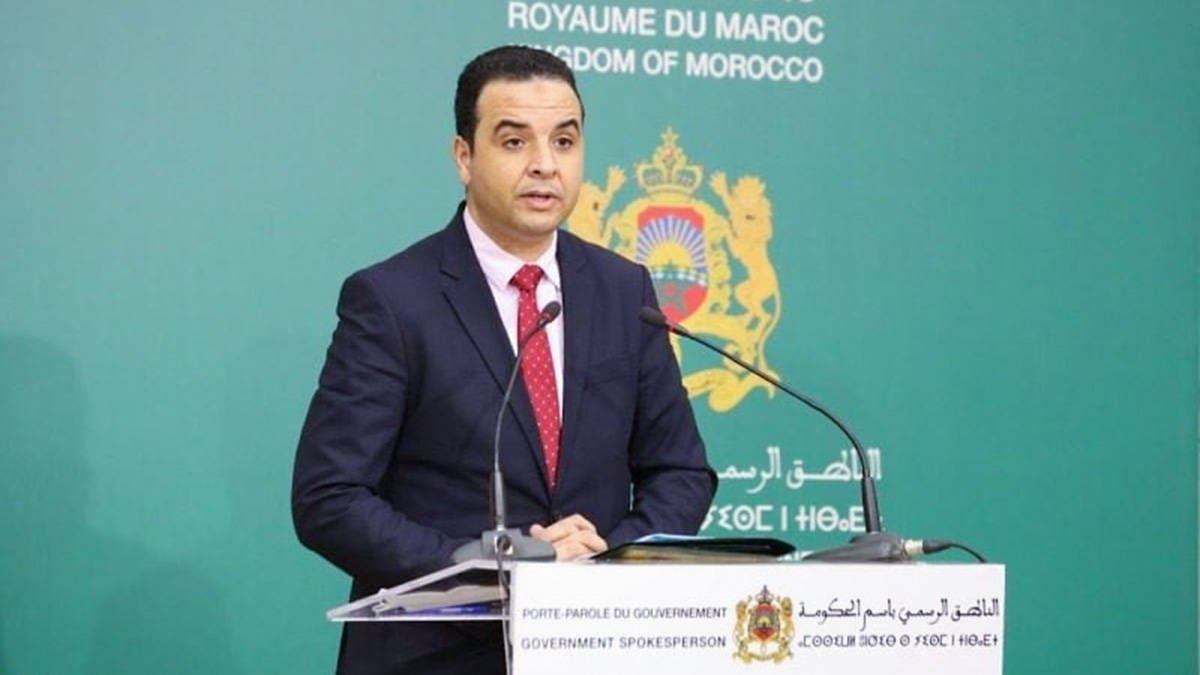
The vulnerable population in Morocco refers to those earning less than 1,500 dirhams per month. In 2020, the population peaked at 14.4%, meaning that more than a quarter of the Moroccan population was living in poverty. However, thanks to the economic policies implemented by the government, the situation has improved significantly. Currently, the vulnerable population is 12%, and it is estimated that in 2026, when the minimum wage will be revised, this figure will not exceed 6%. This is a major achievement for the country and shows that the Moroccan economy is constantly growing and improving.
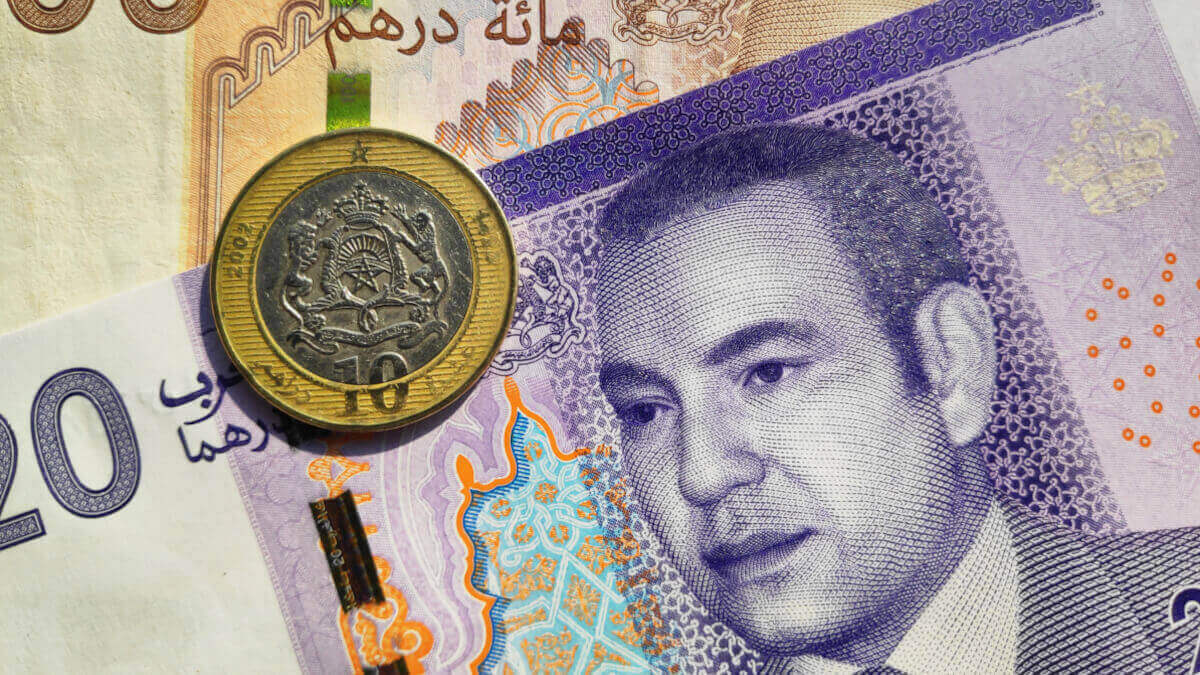
The government remains committed to supporting economic growth through public investment, which is estimated to reach 335 billion dirhams this year, a significant increase compared to previous years.
In relative terms, this public investment represents 9.7% of Morocco's Gross Domestic Product (GDP), demonstrating the importance the government attaches to this type of investment to boost economic growth and improve the quality of life of citizens.
The Alawi nation is constantly expanding. In 2023 alone, the economy grew by more than 3.3%, which is one of the highest growth rates among the countries considered to be in the "West".
In addition to macroeconomic growth, the increase in direct investment in small and medium-sized businesses has led, since 2021, to a steady increase in employment at a rate of 2%. To contextualise the data, in the European Union over the same period the increase was 0.3%. This shows that Morocco is experiencing sustained economic growth and an improvement in the employment situation, which is an important achievement for the country and its citizens.

